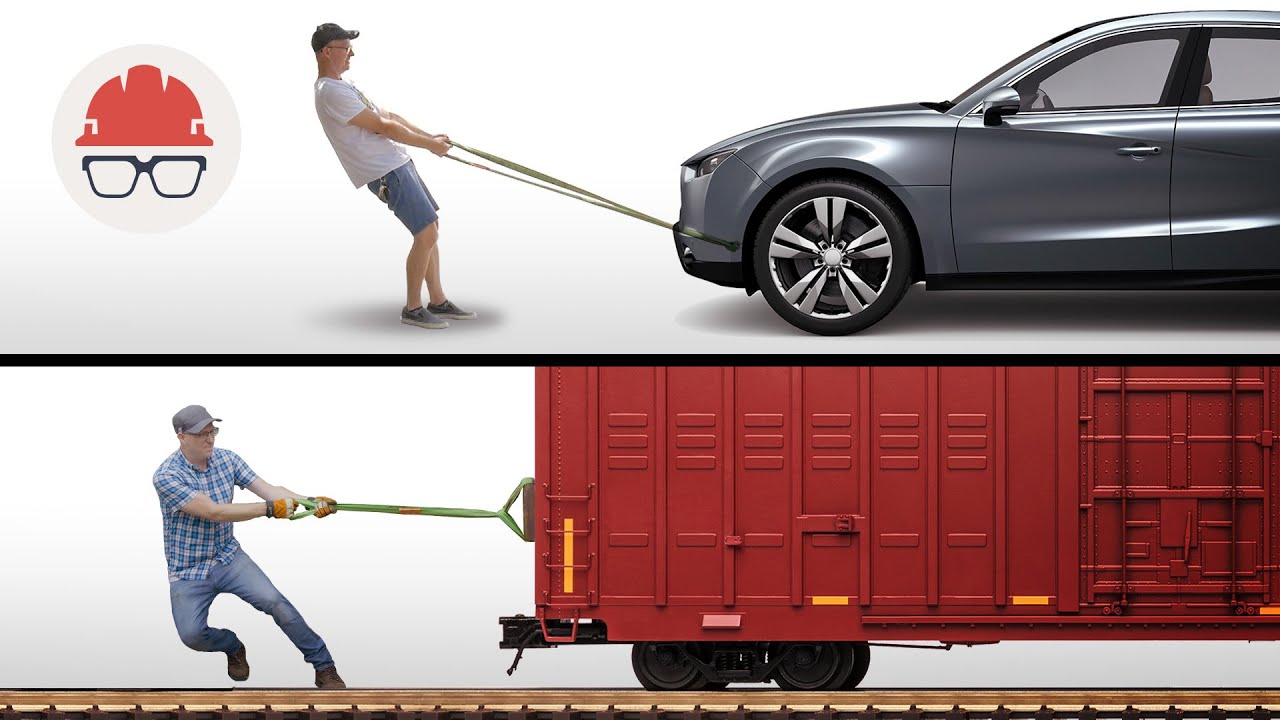Why are railroad grades so gentle? (The steepest standard-gauge railroad in the U.S. was the Saluda Grade in North Carolina, which rose 185 metres in 4.8 km, a grade of just 4.24%. In December 2001, the line containing the grade was removed from service.)
There are tram/streetcar systems with grades as high as 10%. If all wheels are powered, an adhesion railway can be that steep.
Rolling resistance of the wheels is low, but wheel bearings on freight cars were a big problem until Kid Friction was defeated.
The Timken film, “Big Tim” was made in 1949. The Timken Roller Bearing Company was one of the first to manufacture roller bearings for railroad cars, replacing the “journal boxes” or plain bearings previously used on rolling stock axles.
In 1930, Timken commissioned the Timken 1111, a 4-8-4 steam locomotive which was the first to use all sealed roller bearings. The locomotive performed demonstrations on 14 railroads, hauling both freight and passengers. It was delivered to the Northern Pacific Railroad in August 1931, where it remained in service until August, 1957. There is no evidence it ever wore a baseball hat.
The first boxcar equipped with roller bearings was commissioned by Timken in 1943 but not displayed to the public until the 1948 Chicago Rail Fair. The film promoted the adoption of roller bearing bogies or “trucks” for freight cars.

